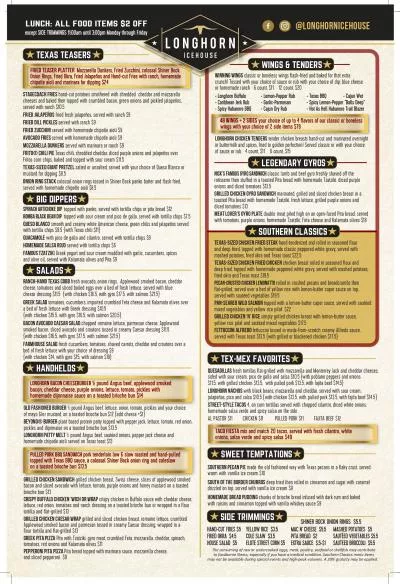PPT-Sports Scheduling Written by Kelly Easton, George
Author : giovanna-bartolotta | Published Date : 2019-06-20
Nemhauser Michael Trick Presented by Matthew Lai Introduction Paper covers tournament scheduling problems Single Round Robin Tournament Problem SRRTP Double Round
Presentation Embed Code
Download Presentation
Download Presentation The PPT/PDF document "Sports Scheduling Written by Kelly Easto..." is the property of its rightful owner. Permission is granted to download and print the materials on this website for personal, non-commercial use only, and to display it on your personal computer provided you do not modify the materials and that you retain all copyright notices contained in the materials. By downloading content from our website, you accept the terms of this agreement.
Sports Scheduling Written by Kelly Easton, George: Transcript
Download Rules Of Document
"Sports Scheduling Written by Kelly Easton, George"The content belongs to its owner. You may download and print it for personal use, without modification, and keep all copyright notices. By downloading, you agree to these terms.
Related Documents














